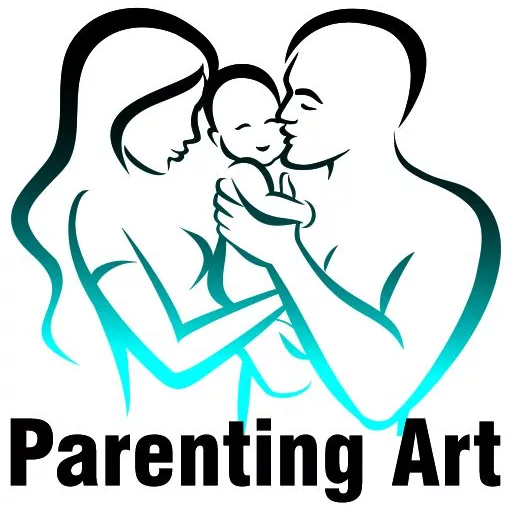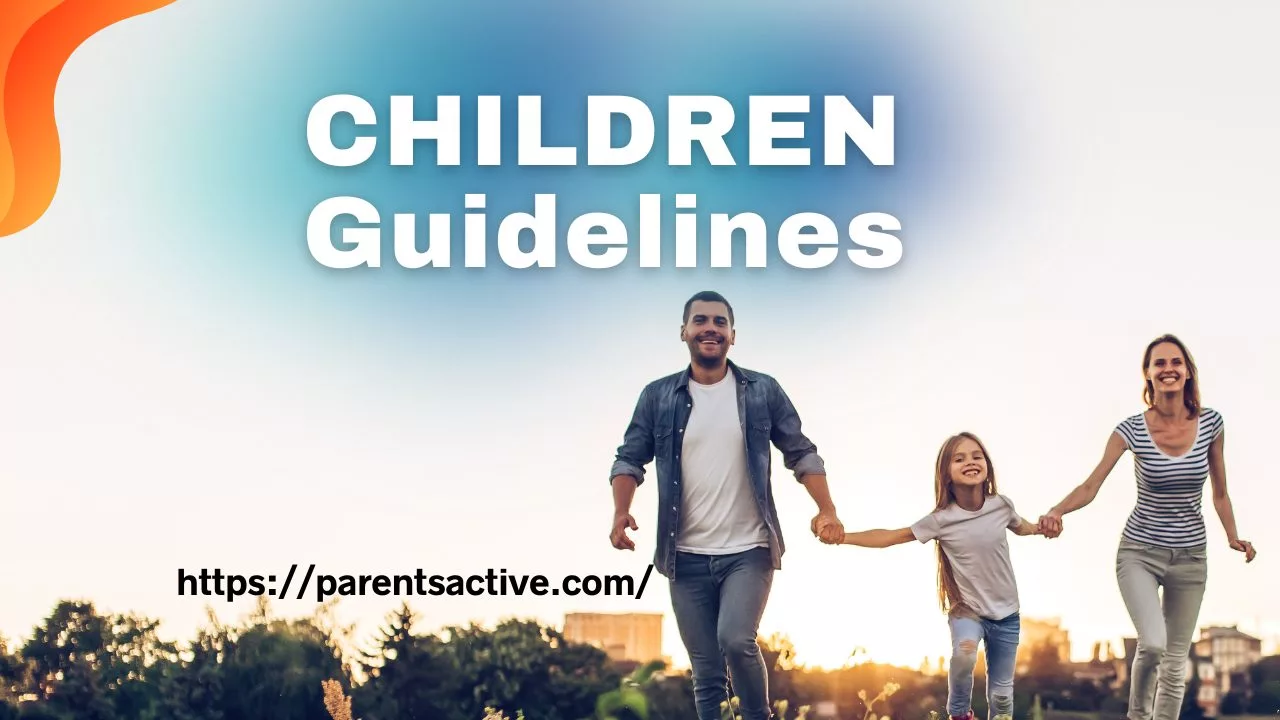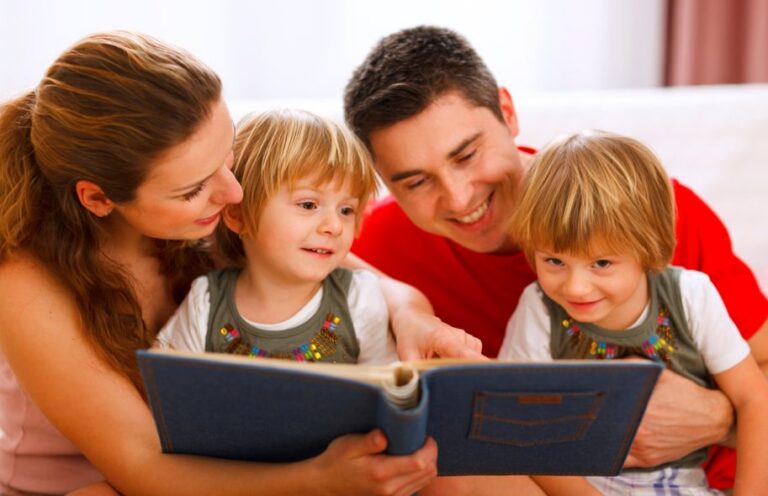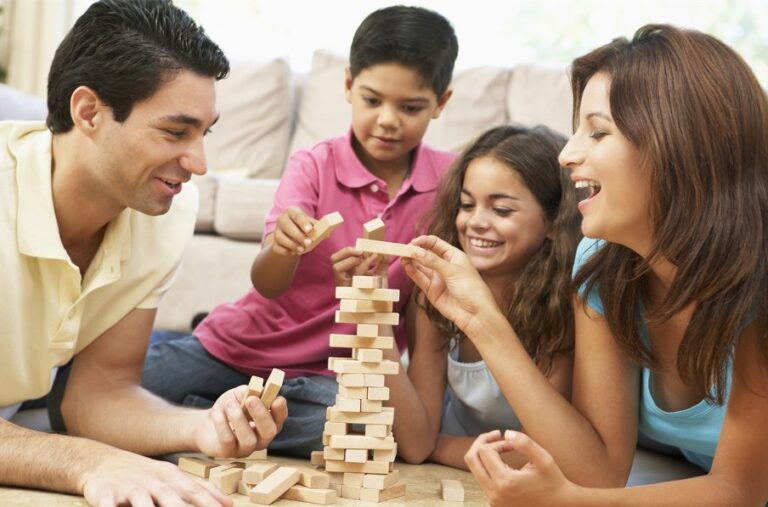Children Guidelines Important for Parents
What do you know about children’s guidelines? Children are our most precious resource. Every child is unique and different from each other and they are characterized in different ways. Children guidelines, are the best things since slice bread, and important factor in child development.
Guidelines are right as rain, can be based on cultural, regional and organizational differences. It’s important to consult reputable source and recommendations to the specific needs and circumstance of individual children.
Children Health Guidelines
Here’s the best information for children health guidelines:
| Category | Guidelines |
| Regular health check ups | Visit regular healthcare provider for well child checkups, vaccination and screening are often parts of these visits |
| Physical activities | Encourage the children for physical activities. It helps in the growth and motor skills and more coordination overall health |
| Nutrition | It includes balanced diet and breastfeeding; both provides nutrients and anti-bodies |
| Hygiene | Encourage and teach them about personal cleanliness and good hygiene practices |
| Mental health | Encourage them for open communication, promotes positive mental health by creating a supportive environment |
| Safety measure | Encourage them uses of appropriates safety gear such as helmet for bike and seatbelt for vehicles |
| Social development | Educate about respects and kindness taking care for others, support healthy social interaction and friendships |
Children Safety Guidelines (Children Guidelines)
Here are some beneficial safety guidelines for children:
- Home safety:
- Use safety covers on sharp corner and edge
- Keep all small objects out of the reach
- Childproof the homes by securing cabinets, drawers and electrical wires
- Fire safety:
- Install smoke dedicators on every floor and check them regularly
- Teach them about wires and their danger
- Create and practice on fire escape plan
- Water safety
- Never leave young children near water including bathtubs and pools
- Teach children how to swim
- Enroll them about water safety guidance
- Playground safety:
- Teach them play safe behaviors and supervise during playing
- Check playground equipment and hazard damage
- Choose age-appropriate playgrounds with proper safety features
- Stranger danger:
- Teach children about stranger danger
- Establish safe person or place for children
- Teach them about stranger person
- Internet safety:
- Set guidelines for internet usage
- Teach them about online privacy sharing the danger of personal information
- Teach them about cyberbullying
- Emergency contacts:
- Teach children how to contact in an emergency
- Caregivers and responsible ensure that children have emergency contact and information
- Bike safety:
- Teach them about road safety rules and traffic signals
- Ensure that child has wearing helmet during riding
- Supervise the children when they riding
- Poison prevention:
- Store medication, cleaning agents or toxics substances out of reach of children
- Use child resistance container for medications and chemicals
Child Age and Weight Guidelines
Here are some general and effective age and weight guidelines for parents:
| Growth parameters | Measurement | Criteria |
| Weight for age | Childs weight | Below 5th percentile: underweight |
| Hight length for age | Childs height/ length | 5th to 85th percentile: normal weight 85th to 95th percentile over weight Above 95th percentile obesity |
| Weight for length/Height | Child weight for height | Grow 5th percentile stunted growth 5th to 85th percentile normal growth 85th to excessive growth |
| BMI for age | Childs BMI | Below 5th undergrowth 5th to 85th normal weight 85th to 95th overweight Above 95th obesity |
Age and Weight Information
| Child | Age (years) | Weight (kg) |
| Child 1 | 3 | 15 |
| Child 2 | 5 | 18 |
| Child 3 | 8 | 22 |
| Child 4 | 4 | 16 |
| Child 5 | 6 | 20 |







